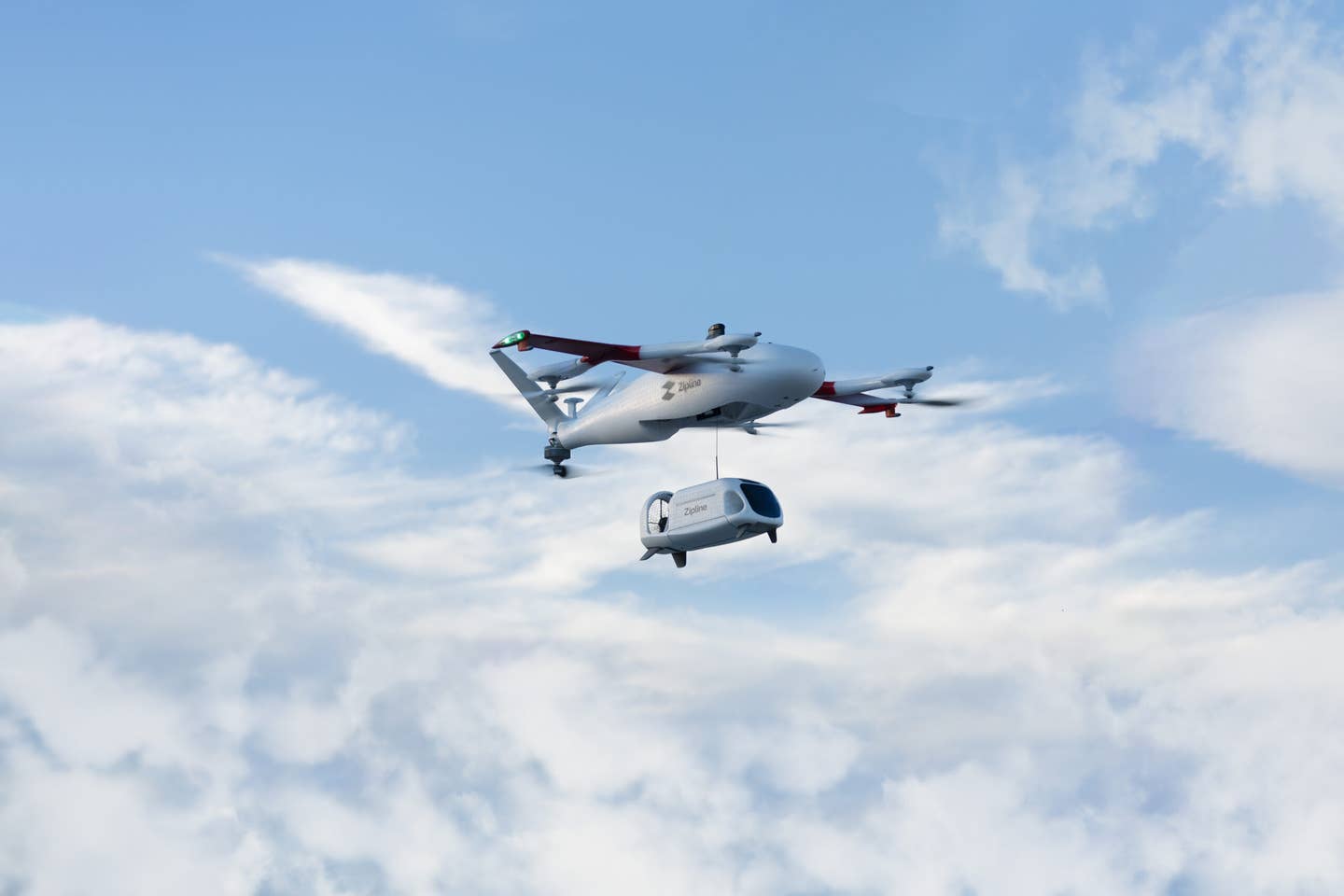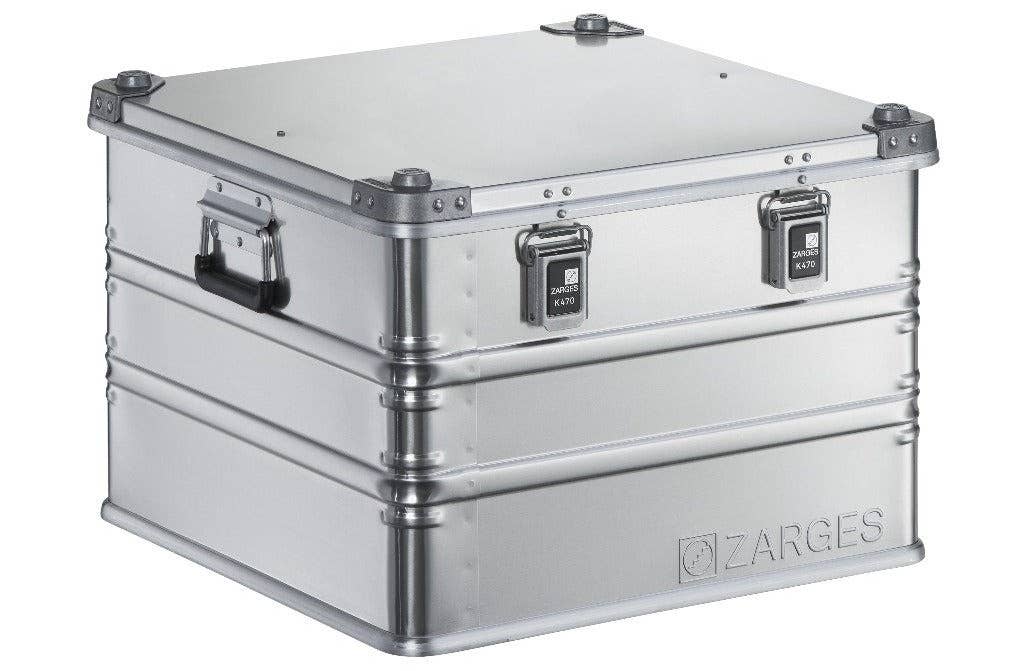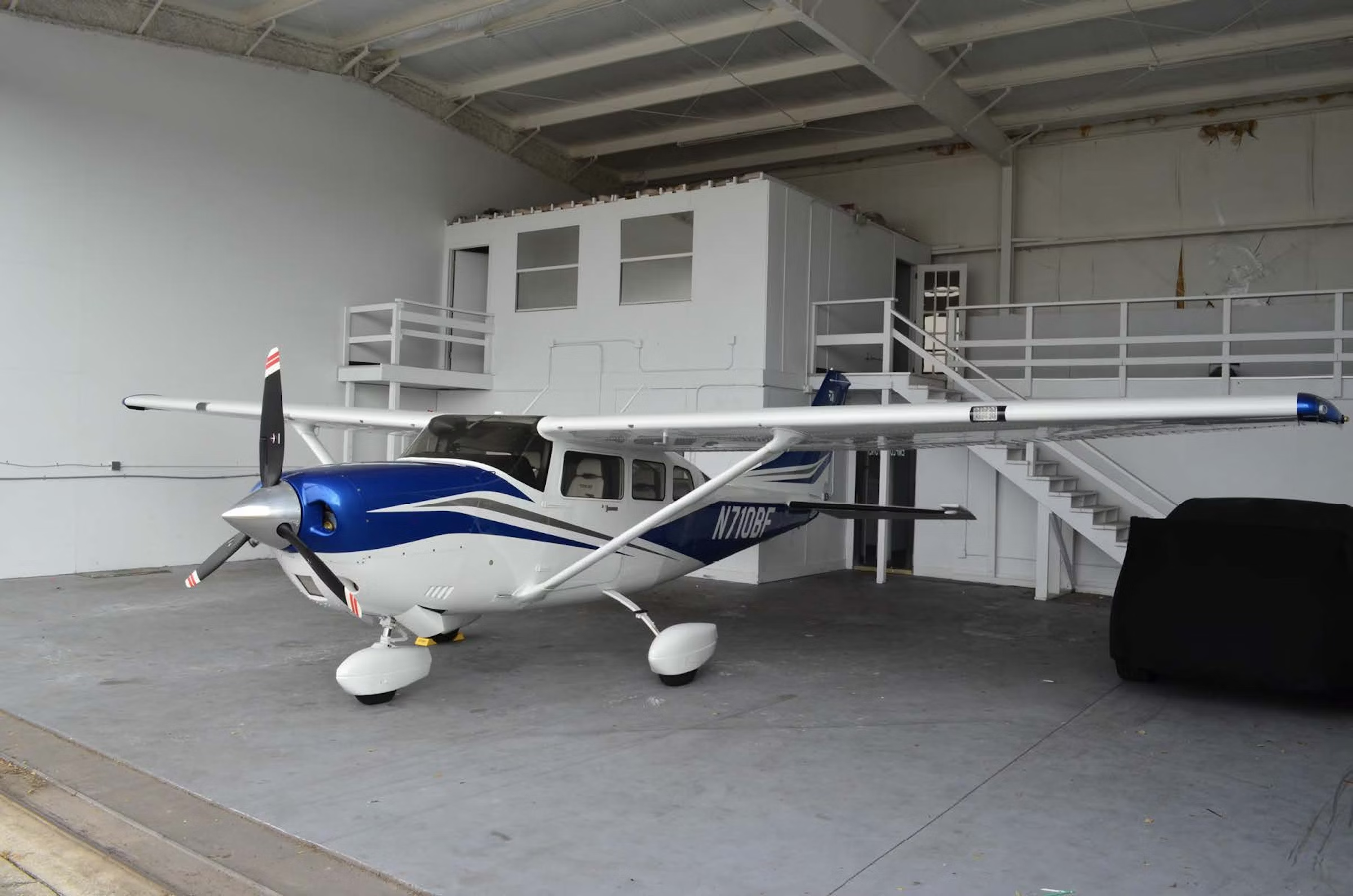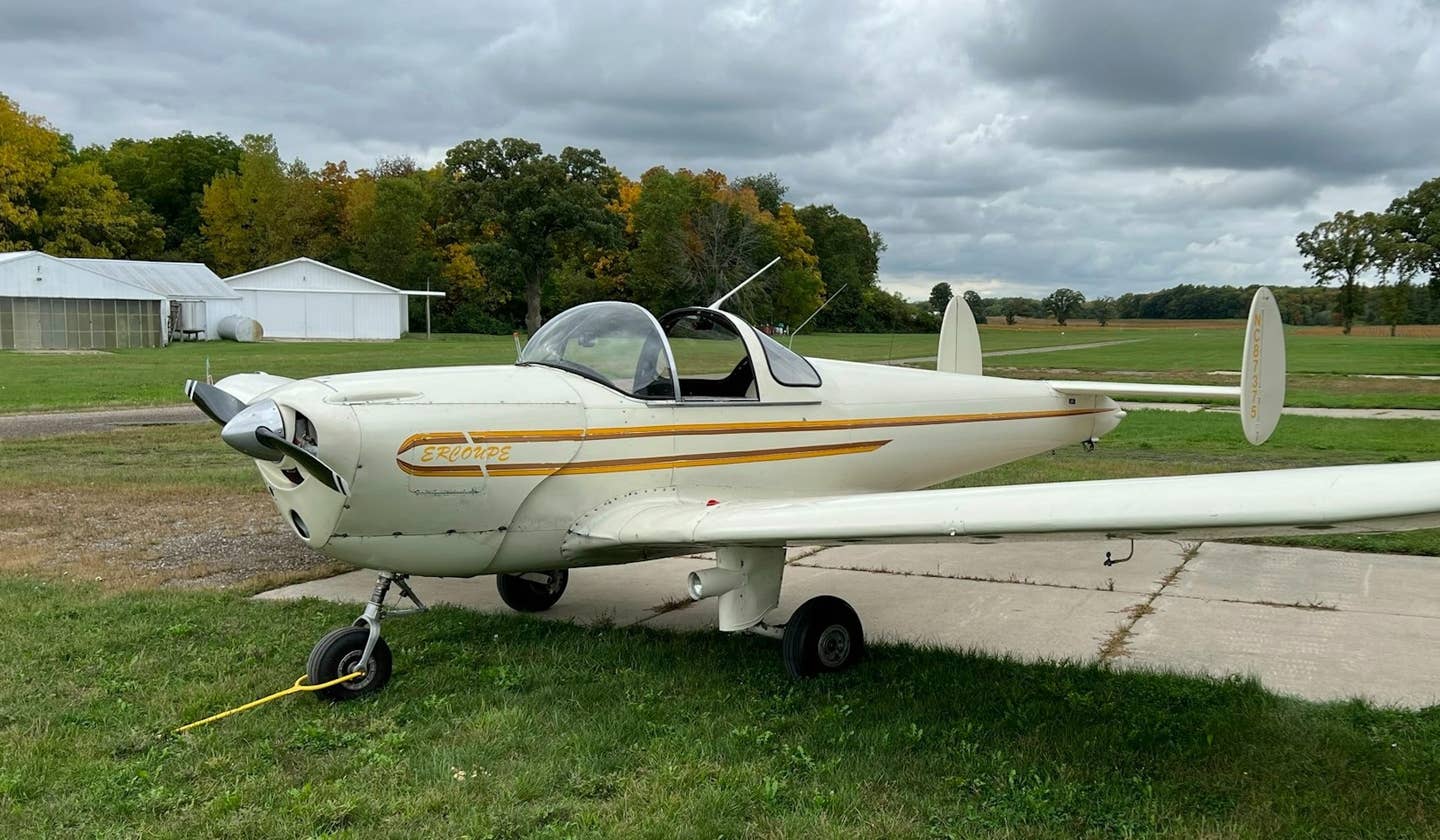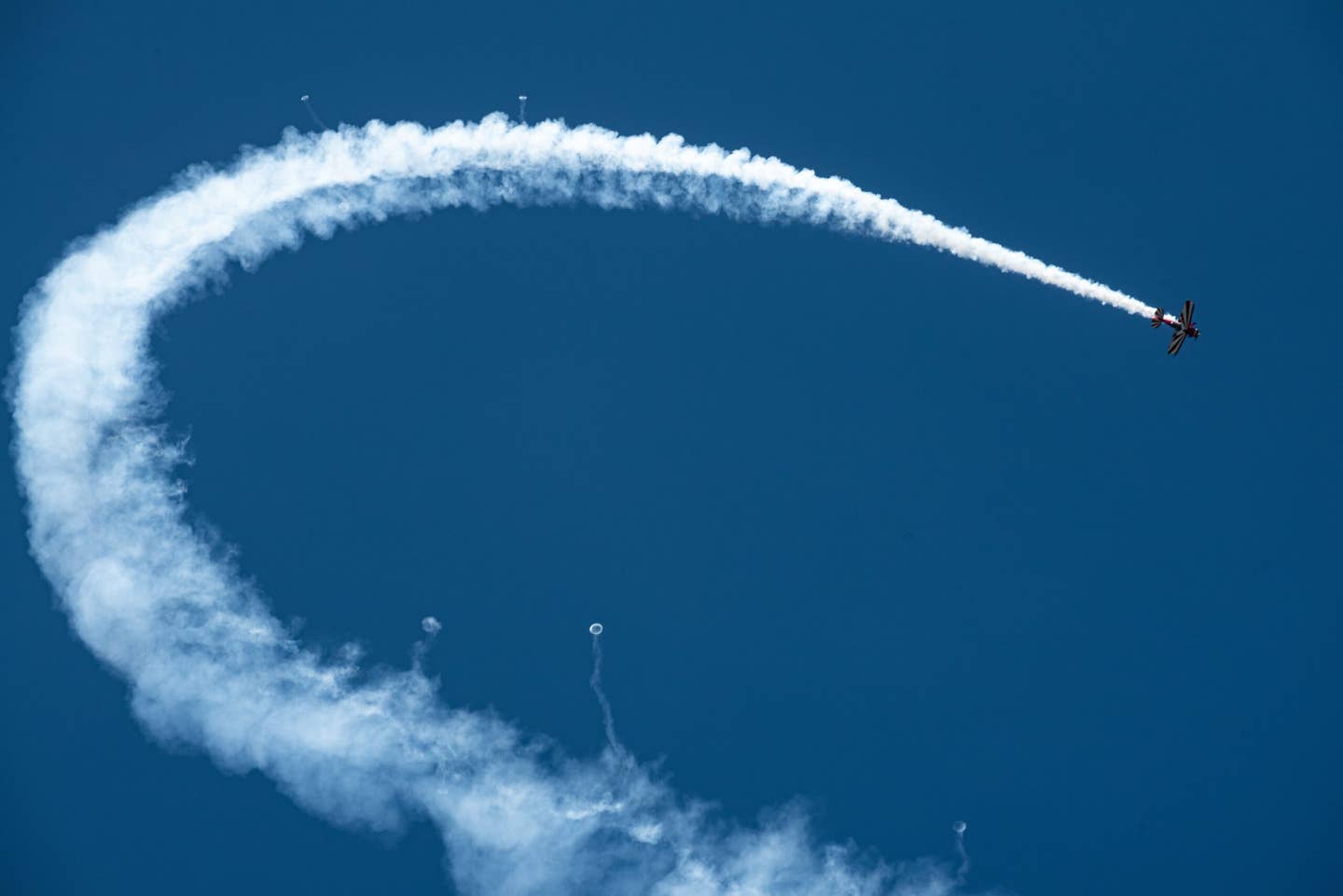Air Force Strategies Chipping Away at Pilot Shortfall
Ramped-up retention efforts and new training programs are helping, slowly.
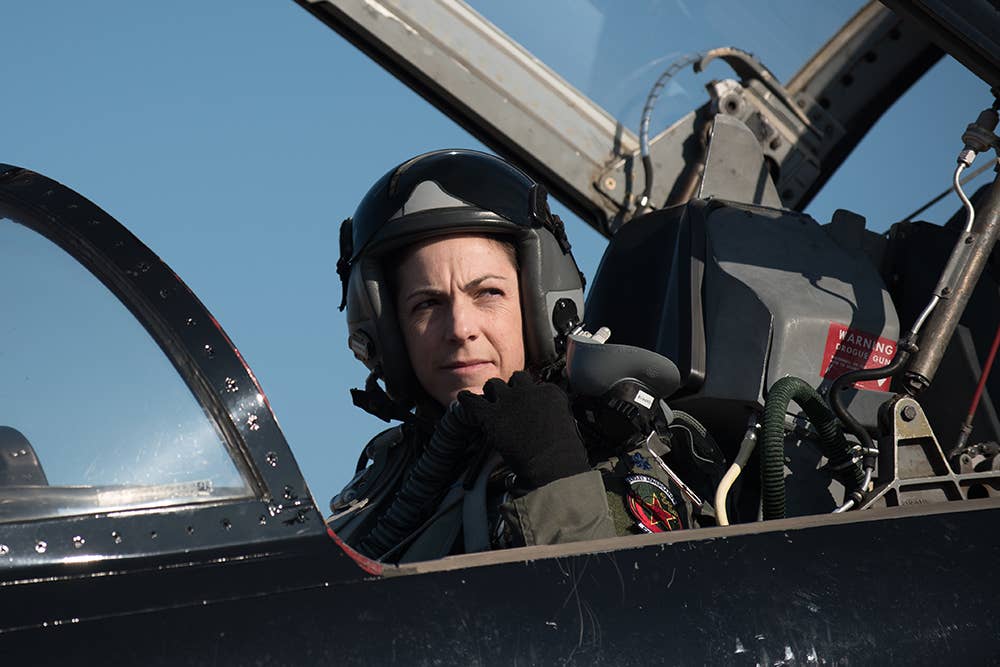
U.S Air Force Lt. Col. Cheryl Buehn, 71st Fighter Training Squadron T-38A Talon instructor pilot, prepares for takeoff at Joint Base Langley-Eustis, Virginia, March 13, 2018. Buehn commissioned through the U.S Air Force Academy and, while there, she was selected to train in the Euro-NATO Joint-Jet Pilot Training Program. (U.S. Air Force Photo by Tech. Sgt. Natasha Stannard)
Editor’s note: This article is the second in a six-part series examining the aviation industry’s pilot shortage and what can be done about it.
Jan. 14: An overview of the issue | Jan. 17: How the military is dealing with its shortage | Jan. 18: Recruiting right from the flight schools | Jan. 19: Outreach programs do their part | | Jan 20: The role of flight schools in creating pilots | Jan 21: Want to get your chops back? Here’s how.
The U.S. Air Force is ramping up strategies to accelerate training and improve retention as it faces a shortage of more than 1,600 pilots, according to newly released service personnel data.
The pilot shortage confronting the Air Force, and the U.S. military as a whole, is far from new. Three years ago and before the pandemic, for example, the Department of Defense (DOD) told Congress it was facing a shortfall of more than 3,000 pilots.
"I think we're making gains to attack the pilot shortage. It's just going to take a while to correct. It's not something that can be corrected in a single year or two."
Col. John O'Dell, military deputy director for Training and Readiness, Aircrew Task Force, U.S. Air Force Headquarters
"While the severity and dynamic of the shortfall varies among the Military Services, all Services are experiencing pilot shortfalls due to several years of underproduction in pilot training and reduced aircraft readiness," the DOD said at the time. "These shortfalls have been exacerbated by higher than average attrition among experienced aviators. The internal challenges of underproduction and aircraft material readiness have resulted in extended time to train new aviators, a lack of sufficient flight time per pilot, extended and frequent deployments, and other quality of life concerns for aviators."
The U.S. Army has helped fill its pilot gap, which amounted to a shortage of 330 pilots in 2019, with money.
"The Army has made substantial progress on closing our pilot shortage, which grew several years ago from reduced budgets and reduced accessions to flight school," an Army spokesperson said. "The active Army aviator population is higher today than it has been in the past 10 years based on increased accessions, targeted retention bonuses, and the first increase in incentive pay (flight pay) in 20 years that took effect in 2020."
When it comes to too few pilots filling military cockpits, the problem is, unsurprisingly, most pressing for the Air Force. In 2017, for example, the service reported a shortfall of about 2,000 pilots. It's a rate that has largely remained unchanged until recently.
At the end of Fiscal Year 2020, the Air Force reported a pilot shortage of 1,925, according to service personnel data. By the close of Fiscal Year 2021 in late September, however, the service's shortage was down to 1,650 manned pilots.
The 275 new pilots produced last year filled about 14 percent of the service's vacancies.
"The improvement was due to a slight increase in production coupled with successful retention efforts," Air Force spokesperson Capt. Patrick Gargan told FLYING. "FY21 undergraduate pilot training production was 1,381, up from 1,263 in FY20, despite COVID-19 continuing to impact production. The Air Force is working diligently to meet the needs of both its Airmen and those of the Air Force.”
Pilot numbers, however, only tell part of the story, Col. John O'Dell, military deputy director for Training and Readiness, Aircrew Task Force, U.S. Air Force Headquarters, told FLYING.
"We need certain flavors of pilots," he said.
The large fixed-wing cargo airplane community, for example, is a large one in the Air Force. "Percentage-wise, it would take a lot larger shortage there to have a significant impact, whereas some other communities—some of the fighter communities—it only takes a few pilots to create a bigger impact," O'Dell said.
Operational Readiness
It's in the fighter pilot community that the Air Force is seeing the most acute shortage, however, not to the point of eroding operational readiness, according to O'Dell.
The current shortage was brought on by at least a decade or more of underproduction of pilots, "which has been driven by choice and, other times, by circumstance" that left shortages in the company-grade officer ranks, O'Dell said.
Retention efforts in previous years have helped the service to maintain a supply of field-grade officers among its higher ranks, who are able to backfill down into the line units, he said.
"As far as maintaining operational readiness, I think the Air Force is pretty good, for now," O'Dell said.
The strategy, however, has limited career-broadening opportunities for those in higher ranks. "We can't afford to let the guys off the line units," he said. "And we do have a significant amount of staff vacancies."
While there are many reasons why airmen leave the Air Force, one of the biggest draws is to go into the private sector to become a commercial airline pilot.
"You know, actually, when COVID hit, we did a little bit better in retention," O'Dell said. "The airlines were laying off people and not hiring. We are anticipating there will be increased hiring by the airlines, obviously opening up more job opportunities for those who are currently in service and have the opportunity to separate and pursue a civilian career path."
Underproduction of Pilots
The Air Force has a ballpark target of producing about 1,500 new pilots every year across the service, including the Guard and Reserve. Of that amount, the service aims to get 1,100 active duty pilots into the pipeline every year, according to O'Dell. Doing so, he said, establishes a robust foundation of company-grade officers in the ranks to fill out the shortage.
"I think we're making gains to attack the pilot shortage," O'Dell said. "It's just going to take a while to correct. It's not something that can be corrected in a single year or two."
One strategy the service is eyeing is the acceleration of new pilot training, which traditionally stretches two to four years. The Undergraduate Pilot Training (UPT) 2.5 program expedites the initial phases of training, and the service is developing a "Civil Path to Wings" program, which accelerates Air Force flight training for civilians, such as airline pilots or hobbyists who have flying experience.
It's also finding gains by looking within. In 2019, the Air Force launched a program—then called the Pilot Preparatory Program—that created a pathway to flight training for active-duty airmen with little exposure to flying to help them compete on Undergraduate Flying Training (UFT) boards. The program initially attracted 52 students, 42 of whom later went on to apply to the UFT board. The vast majority of those applicants—90 percent—were selected for flight training.
Following the success of the program, the Air Force rebranded the program as the Rated Preparatory Program (RPP) to emphasize the inclusivity of all rated career fields. In 2021, the program was opened to enlisted personnel seeking to join the service's rated officer corps.
To date, 162 Air Force officers and 50 enlisted personnel have completed the RPP program, according to program officials.
Overcoming Barriers To Flying
"RPP candidates are active-duty airmen who traditionally have little to no flight experience, which translates to less than five hours of civilian flight time," Brig. Gen. Brenda Cartier, Air Education and Training Command (AETC) director of operations and communication, told FLYING.
"To help close possible shortfalls in knowledge, participants are introduced to aviation fundamentals through self-paced ground training, and flight time in a Civil Air Patrol Cessna 182 Skylane and FAA-certified simulators," she said. "Additionally, RPP participants are mentored by Air Force-rated officers as well as CAP-certified flight instructor pilots who will serve as valuable sources of inspiration and support as they navigate the arduous, multiyear undergraduate flying training pipeline, and a successful and hopefully long career," she said.
As part of the the RPP program, participants:
- Complete a self-paced online ground course
- Attend a one-week, in-residence course on aviation fundamentals
- Receive about 2.5 hours of tailored flight simulator instruction in FAA-certified simulators
- Accrue 7-8 flight hours in a Civil Air Patrol Cessna 182 Skylane
- Are afforded the unique opportunity to practice areas of difficulty at their own pace prior to entering their undergraduate flying training pipeline.
So far, data indicates that those participating in the program have improved chances for selection for a rated position, according to Cartier.
Of the 93 RPP students trained in fiscal years 2019 and 2020, 70 went on to apply to the UFT board. Of those who applied, 78 percent were selected for a rated career. In comparison, 573 individuals applied to the UFT board in fiscal years 2019 and 2020, with 53 percent selected for a rated career.
"Based on this data, RPP improves an airman’s chances of being selected for a rated position by about 25 percent, which speaks to the efficacy of the program in its efforts to improve airmen’s competitiveness when applying for a slot in rated career fields," Cartier said.
Going forward, the Air Force aims to have at least 120 officers complete the program each year, she said.
"Through RPP, we’re opening the door wider for qualified airmen who seek to achieve their lifelong dreams to become rated officers," Cartier said.

Sign-up for newsletters & special offers!
Get the latest FLYING stories & special offers delivered directly to your inbox

